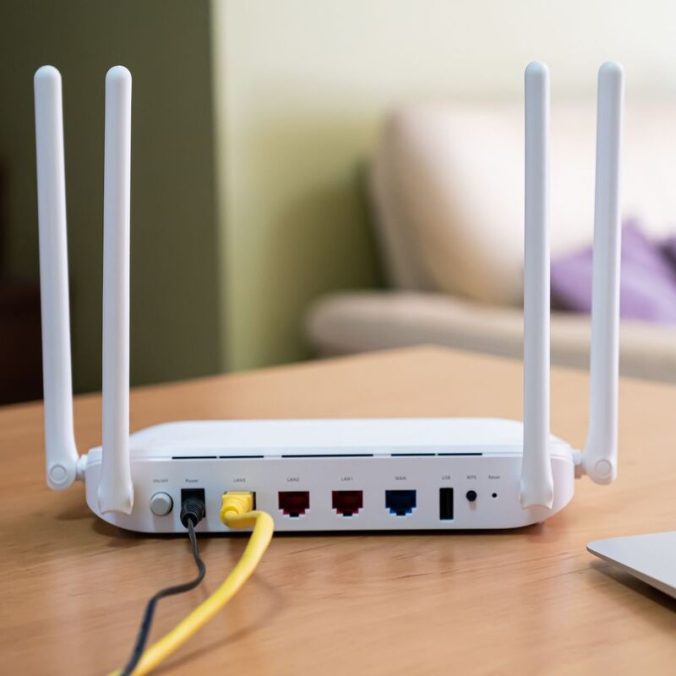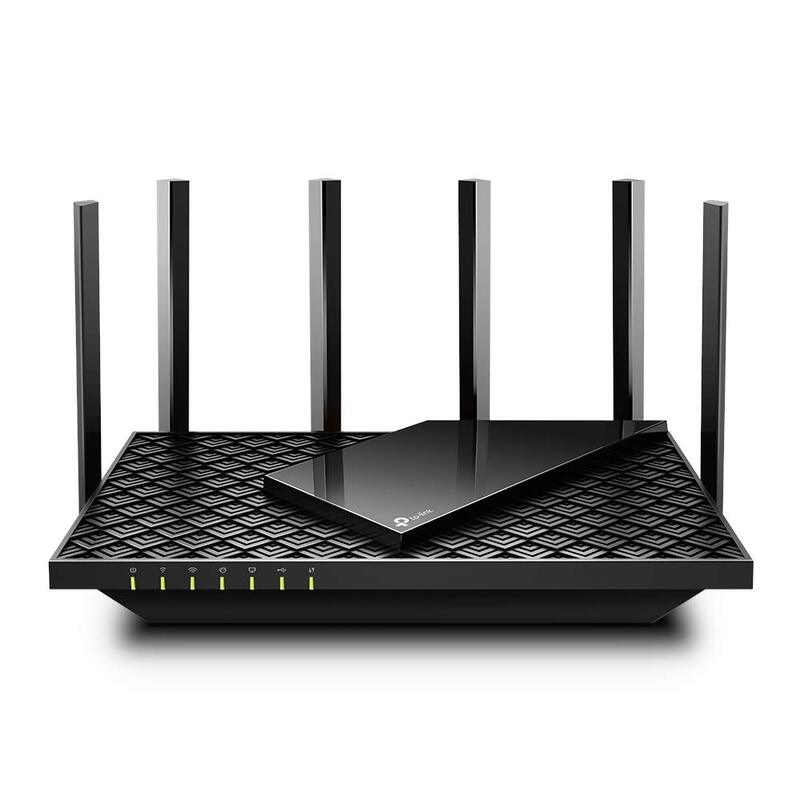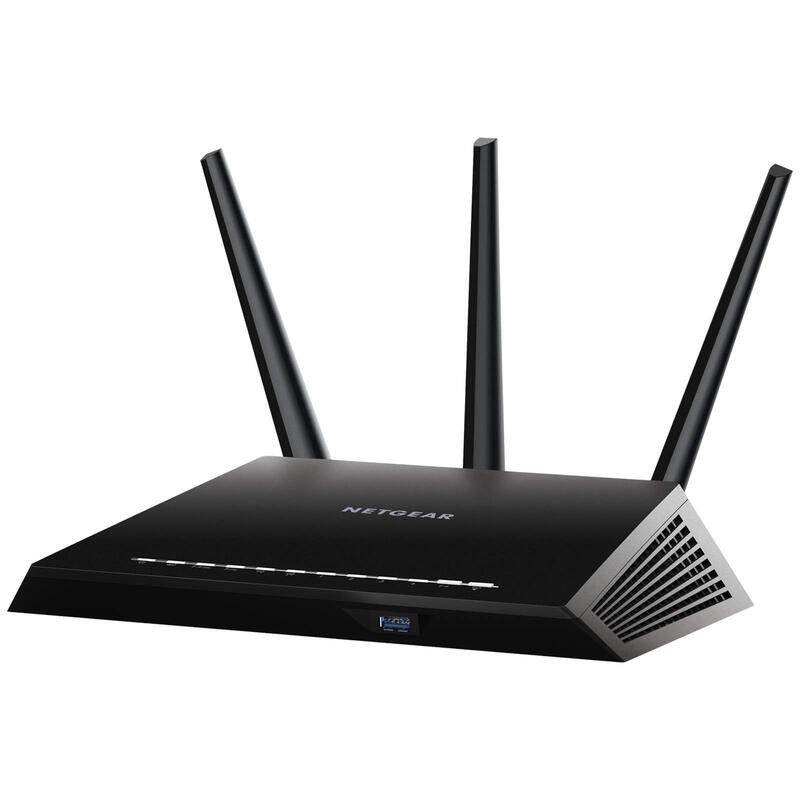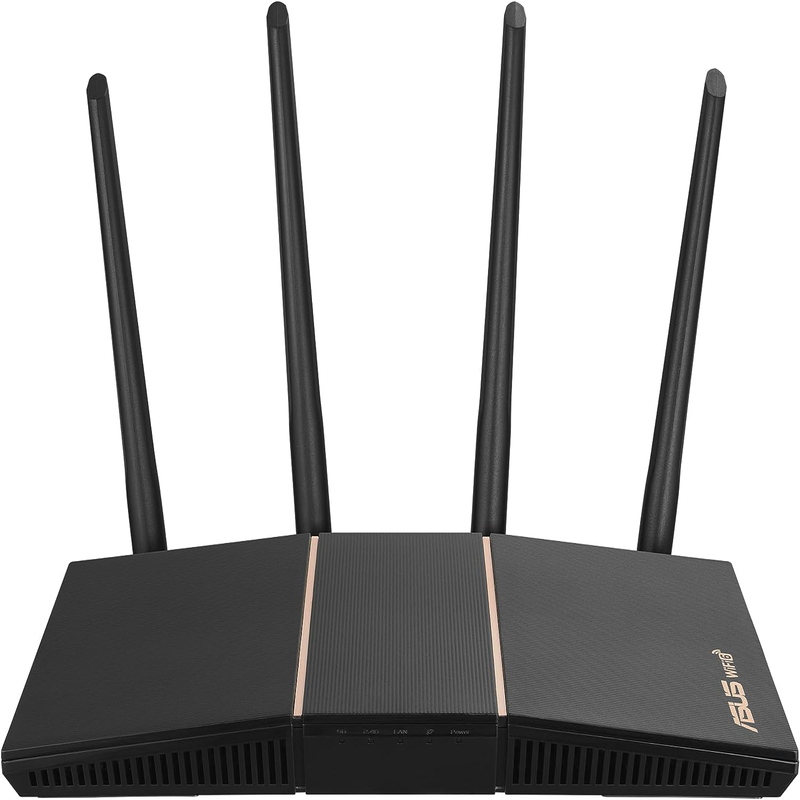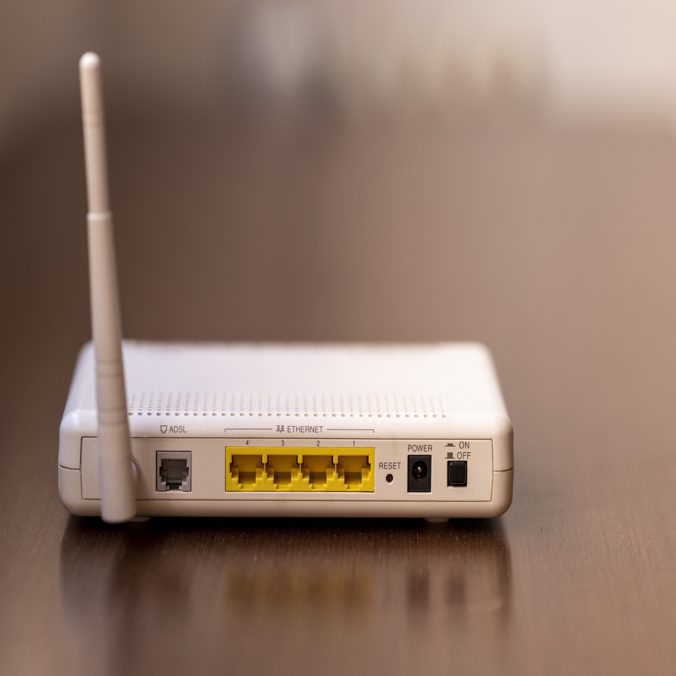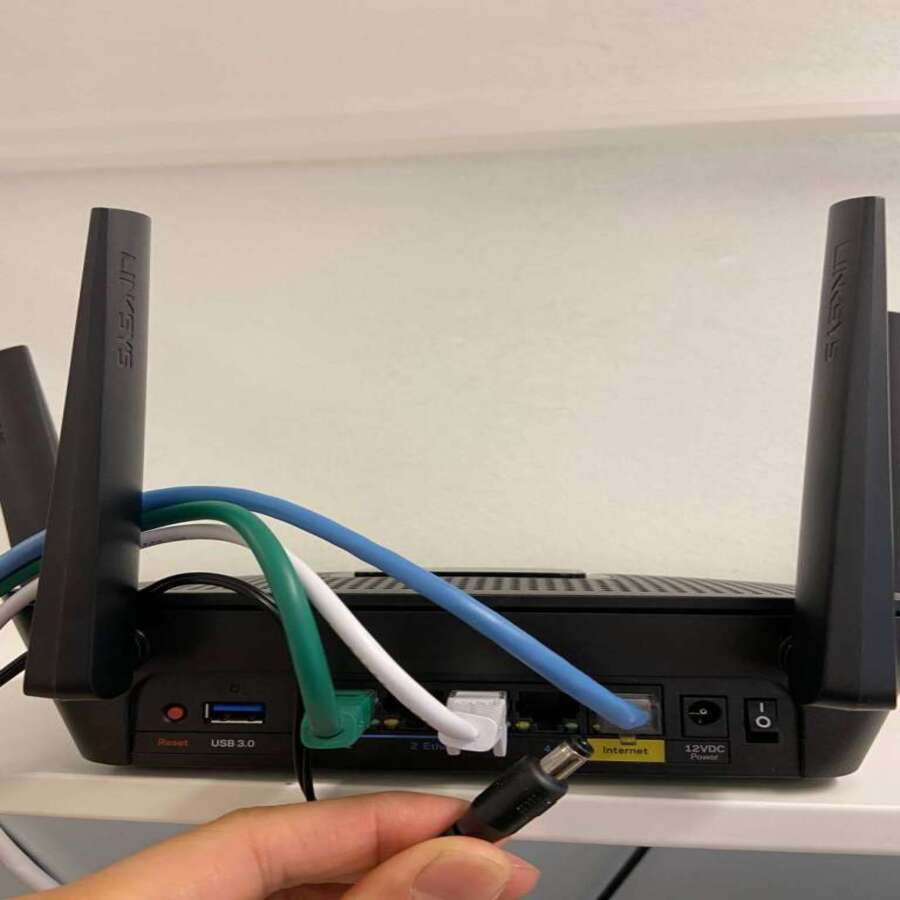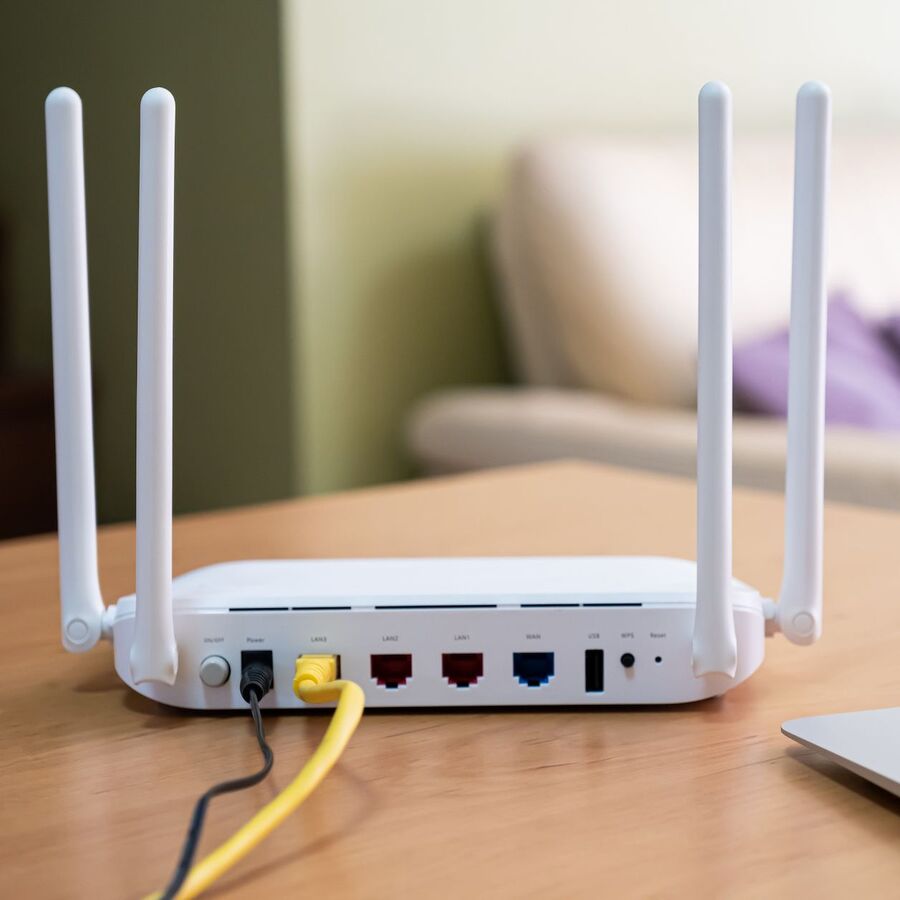Routers are essential devices that connect multiple devices to the internet, providing stable and reliable network access across households and businesses. However, like all electronic devices, routers have a limited lifespan. Therefore, understanding the factors that influence a router’s longevity, the signs of aging, and proper maintenance techniques can help extend its usability and effectiveness. This comprehensive guide explores various aspects of router lifespan, including environmental factors, usage patterns, technological advancements, and maintenance tips. By following these insights, you can ensure your router remains functional and efficient for as long as possible.
Factors Influencing Router Lifespan
Several factors influence the lifespan of a router, and understanding these factors can help you make informed decisions. Therefore, exploring these aspects is crucial.
Environmental Conditions
Environmental conditions significantly affect the longevity of a router. Excessive heat, humidity, and dust can deteriorate internal components, leading to malfunctions. Keeping your routers in a well-ventilated area, away from direct sunlight and heat sources, can mitigate these risks. Additionally, avoiding excessive dust accumulation by regularly cleaning the routers helps maintain its functionality. Using surge protectors to shield the routers from electrical spikes and surges also contributes to its longevity. Therefore, recognizing the impact of environmental conditions on routers lifespan underscores the importance of optimal placement and protection.
Usage Patterns
The intensity and frequency of usage can also impact a router’s lifespan. Routers used in high-traffic environments, such as large households or businesses, tend to experience more wear and tear compared to those in low-traffic settings. Continuous, heavy usage can cause the router to overheat and degrade more quickly. Implementing power cycling, which involves periodically restarting the router, can reduce stress on its components and prolong its lifespan. Monitoring and managing the amount of connected devices and network traffic can also minimize strain on the routers. Therefore, understanding the significance of usage patterns helps you optimize your router’s durability.
Typical Router Lifespan
The typical lifespan of a router varies based on several factors. Therefore, exploring these guidelines provides a general understanding of what to expect.
Average Lifespan
On average, a router lasts between three to five years. This estimated lifespan depends on the quality of the routers, usage patterns, and environmental conditions. High-quality routers from reputable brands generally offer better durability and performance, extending their usable life. Conversely, budget routers may have shorter lifespans due to lower-quality components and construction. Regular software updates and firmware upgrades provided by the manufacturer can also influence the longevity of the router. Therefore, recognizing the average lifespan of a routers helps set realistic expectations for its usability.
Signs of Aging
Several signs indicate that a router may be nearing the end of its lifespan. These signs include frequent disconnections, slow internet speeds, and intermittent connectivity issues. Additionally, an aging router may struggle to support multiple devices simultaneously, leading to reduced performance and network instability. Physical signs, such as excessive heat, unusual noises, or visible damage to the routers, also suggest that it may be time for a replacement. Consider these signs to determine when your router is due for an upgrade. Therefore, understanding the indicators of an aging router enables timely replacements to maintain network efficiency.
Technological Advancements and Their Impact
Technological advancements in networking influence the lifespan and relevance of your router. Therefore, exploring these impacts is essential for staying current.
Evolving Standards
The rapid evolution of networking standards can render older routers obsolete. With advancements such as Wi-Fi 6 offering faster speeds, lower latency, and improved performance, older routers may struggle to meet the demands of modern devices and applications. Newer routers support more advanced security features, enhanced range, and better connectivity. Staying updated with these evolving standards ensures your network remains efficient and secure. Therefore, recognizing the impact of technological advancements helps you decide when to upgrade your routers.
Compatibility with Devices
Modern devices, such as smartphones, smart home gadgets, and gaming consoles, require robust and high-speed internet connections. Older routers may not support the latest devices, leading to compatibility issues and subpar performance. Compatibility with advanced features, such as MU-MIMO (Multi-User, Multiple-Input, Multiple-Output) and beamforming, enhances network efficiency and user experience. Upgrading to a newer router that supports these features ensures seamless connectivity and optimal performance for all connected devices. Therefore, understanding the importance of compatibility emphasizes the need to align your routers with the latest technological requirements.
Maintenance Tips for Prolonging Router Lifespan
Proper maintenance can significantly extend the lifespan of your router. Therefore, exploring these maintenance tips is crucial.
Regular Firmware Updates
Firmware updates provided by the router manufacturer often include performance improvements, security patches, and bug fixes. Regularly updating the router’s firmware ensures it operates efficiently and securely. Checking the manufacturer’s website or router’s administration interface can provide guidance on available updates and installation instructions. Automated update settings, if available, can simplify this task. Ensuring your router has the latest firmware enhances its functionality and extends its lifespan. Therefore, recognizing the importance of firmware updates contributes to better performance and security.
Cleaning and Ventilation
Keeping your router clean and well-ventilated prevents overheating and extends its usability. Place the router in an open area with good airflow, away from enclosed spaces and direct sunlight. Regularly dusting the router and its surroundings reduces the risk of dust accumulation affecting internal components. Using compressed air to clean vents and ports can further prevent overheating. Ensuring proper ventilation and cleanliness prevents internal damage and prolongs the router’s lifespan. Therefore, understanding the significance of cleaning and ventilation maintains optimal performance.
When to Consider Upgrading Your Router
Several factors indicate that it may be time to upgrade your router. Therefore, exploring these considerations helps ensure optimal networking performance.
Performance Problems
Persistent performance issues, such as slow internet speeds, frequent disconnections, and limited range, suggest that your router may need an upgrade. Modern routers offer better performance, greater range, and enhanced features to handle increased network demands. If troubleshooting and maintenance do not resolve the performance problems, consider investing in a new router. Upgrading to a newer model ensures a more reliable and efficient network. Therefore, recognizing performance problems helps determine when to upgrade your router.
New Technological Requirements
Upgrading your router becomes necessary when new technological requirements arise. The latest smart home devices, gaming consoles, and streaming services demand robust and high-speed internet connections. Older routers may lack the necessary features, such as support for Wi-Fi 6 and advanced security protocols, to meet these requirements. Ensuring compatibility with new devices and technologies enhances network efficiency and user experience. Therefore, understanding the need to meet technological requirements emphasizes the importance of timely upgrades.
Maximizing Router Performance
Maximizing your router’s performance can extend its usability and provide a better internet experience. Therefore, exploring performance optimization tips is essential.
Optimal Placement
Placing your router in a central location within your home can enhance signal strength and coverage. Avoid placing the router near thick walls, metal objects, or electronic devices that may interfere with the signal. Elevating the router and positioning the antennas (if available) correctly can further improve signal transmission. Ensuring optimal placement reduces dead zones and improves overall network performance. Therefore, recognizing the importance of router placement enhances connectivity.
Managing Connected Devices
Managing the number of connected devices and network traffic can prevent overloading and maintain performance. Disconnect unused devices and limit bandwidth-intensive activities, such as streaming and gaming, during peak times. Implementing Quality of Service (QoS) settings can prioritize important activities and ensure a balanced network. Monitoring and managing device connections promote stable and efficient network performance. Therefore, understanding the significance of managing connected devices ensures optimal router functionality.
Conclusion
Understanding how long a router lasts involves exploring the factors influencing its lifespan, signs of aging, technological advancements, and maintenance tips. Proper knowledge ensures informed decisions and optimal router performance.
Exploring elements like environmental conditions, usage patterns, and recognizing the average lifespan provides valuable insights. Recognizing the importance of firmware updates, cleaning, and ventilation further enhances your understanding.
By engaging with factors that indicate when to upgrade and maximizing performance through placement and device management, you can ensure your router remains efficient and reliable. Therefore, whether you are a novice or experienced user, understanding these aspects offers practical and valuable insights. Embrace the opportunity to maintain and optimize your router, knowing you have the knowledge and resources to ensure its longevity and peak performance!
